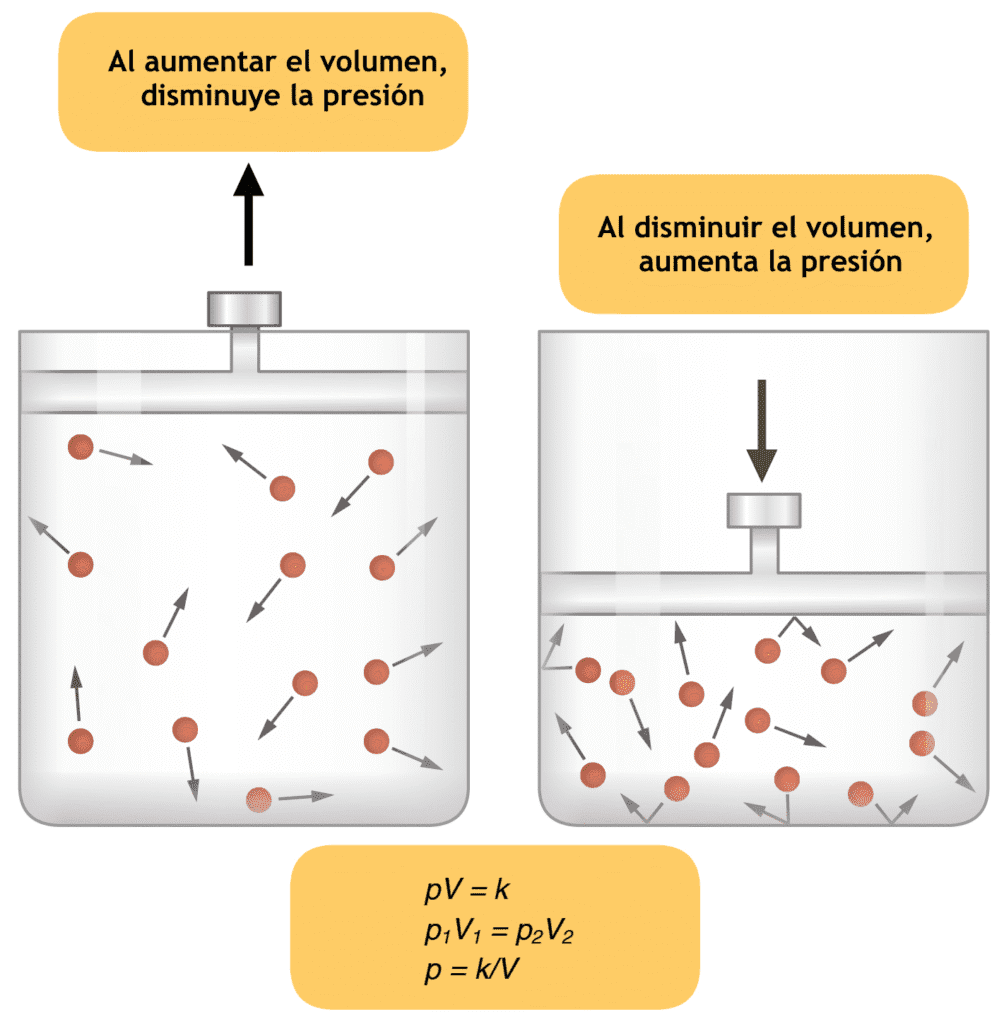Minimization of the risk of aneurysm rupture during Anesthesia for Cerebral Aneurysm demands smooth induction and maintenance of optimum transmural pressure (TMP) gradient.
 TMP is the difference between mean arterial pressure (MAP) and ICP. Rise in MAP or fall in ICP affects transmural pressure gradient thereby increasing the risk of rupture of the aneurysmal sac. To prevent this complication two intraoperative interventions in Anesthesia for Cerebral Aneurysm have been employed:
TMP is the difference between mean arterial pressure (MAP) and ICP. Rise in MAP or fall in ICP affects transmural pressure gradient thereby increasing the risk of rupture of the aneurysmal sac. To prevent this complication two intraoperative interventions in Anesthesia for Cerebral Aneurysm have been employed:
- Induced hypotension
- Temporary vessel clipping (Parent vascular clamping)
Use of intraoperative induced hypotension has declined over the years because it can lead to ischaemia of vital organs especially in patients with cardiovascular or renal disease. Current concept is to maintain normotension and induce acute reduction in focal blood flow to the aneurysmal sac by application of temporary clip to the parent feeding artery.
Suzuki et al. introduced the “sendai cocktail for temporary arterial occlusion” i.e., intravenous administration of mannitol 20%-2 gm/kg, vitamin E- 500 mg and dexamethasone-50 mg before the interruption of blood flow through the feeding artery of the aneurysm. Combination of these drugs is known to prevent focal ischaemia due to their cerebral protection properties. However, to avoid dehydration because of osmotic diuretics and to optimize the fluid resuscitation, monitoring of central venous pressure (CVP) or pulmonary artery wedge pressure (PCWP) is necessary in these patients. Intraoperative evoked potential monitoring if available, ensures-cerebral protection at the time of temporary occlusion of the parent artery during Anesthesia for Cerebral Aneurysm. The risk of focal cerebral ischaemia has been further reduced by limiting the critical time of temporary clipping to less than ten minutes.
Cerebral circulation should be restored after this period and neuroprotective agents (thiopentone, lignocaine) should be administered before reapplying the temporary clip. It is important to maximize collateral cerebral perfusion by maintaining normovolaemia and normotension. Once permanent clip has been applied, fluids are administered to increase the CVP 10-12 or PCWP to 12-18 mm Hg.
Prophylactic “Triple H” therapy (hypervolaemic haemodilution and hypertension) is known to reduce the incidence of postoperative vasospasm and is associated with improved outcome.
In our institute, patient is dilantinized on the day of surgery and intravenous infusion of mannitol 0.5—i g/kg, IV dexamethasone 8 mg and vitamin C 2 grams is administered after the induction of Anesthesia for Cerebral Aneurysm. Fluid administration is titrated according to CVP and continuous radial arterial pressure monitoring is done to maintain the haemodynamic stability.
General principles of the anaesthetic management of aneurysm surgery are also applicable to the pen-procedural management of arteriovenous malformations (AVM). In addition to these principles, patients with cerebral arteriovenous malformations present with a specific phenomenon known as “perfusion pressure breakthrough” or cerebral dysautoregulation. Acute surgical or balloon occlusion of high-volume, low-resistance AVM can lead to sudden engorgement and swelling of brain tissue, sometimes presenting with a cauliflower-like protrusion from the cranium. This phenomenon has been attributed to diversion of blood flow to previously underperfused areas of brain which has been rendered incapable of autoregulation.
Sekhon and Morgan commented that the neo-vascularization occurring in response to chronic focal ischaemia may be responsible for the cerebral dysautoregulation, because new vessels do not autoregulate after acute obliteration of AVM whereas native vessels are capable of autoregulation. From the anaesthesiologist’s point of view during Anesthesia for Cerebral Aneurysm, normotension needs to be maintained after the obliteration of AVM, because rise in blood pressure can worsen cerebral oedema and can lead to massive intra-cranial bleeding.

